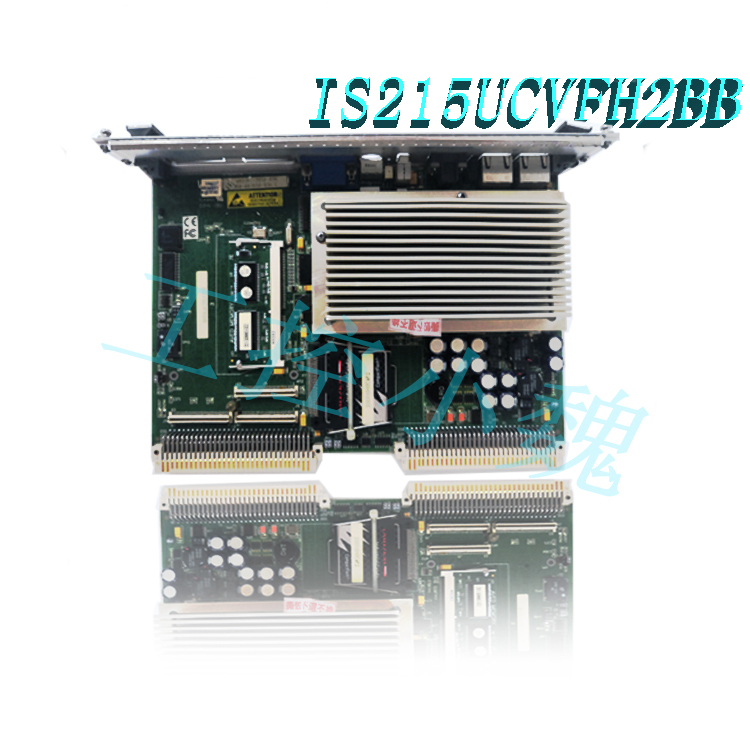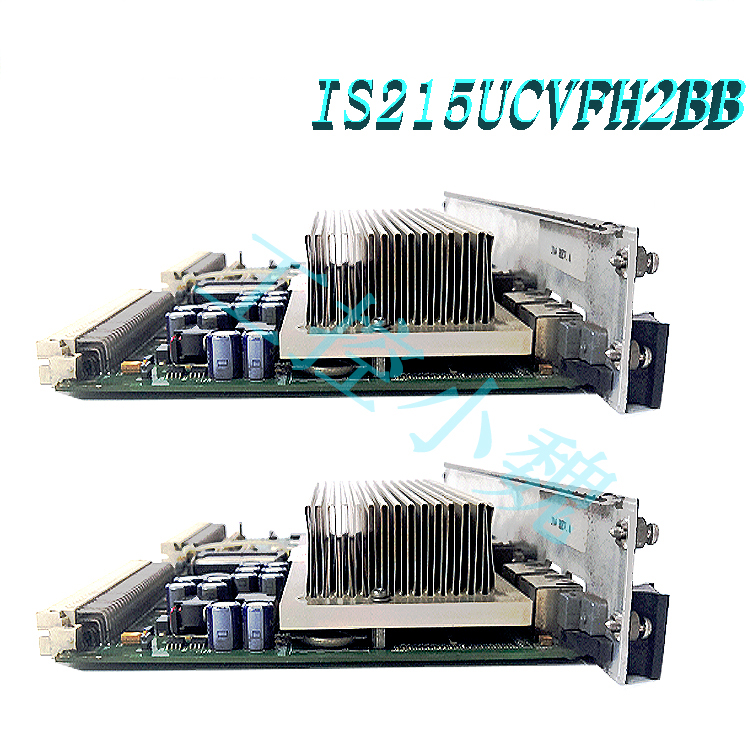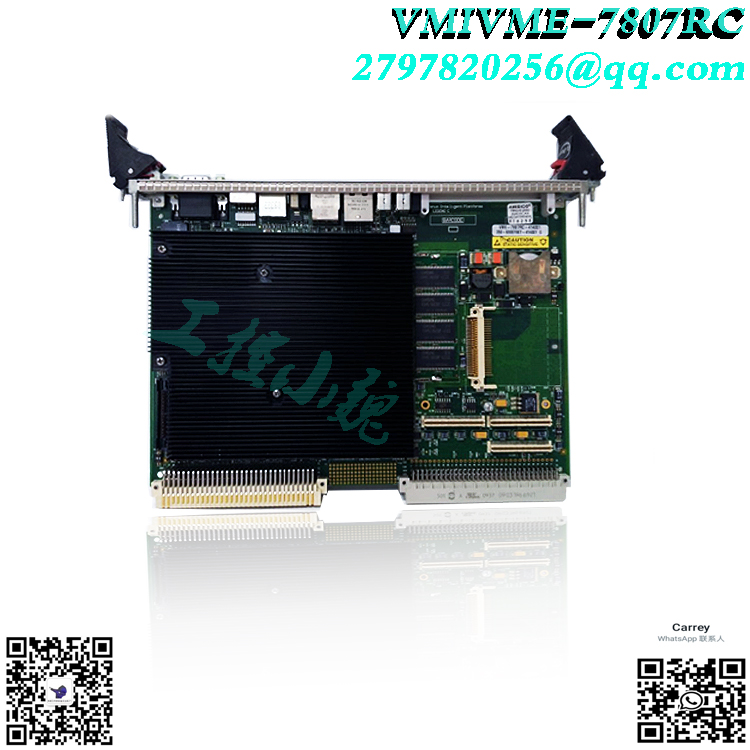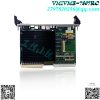Description
Functional Characteristics
Microprocessor: The VMIVME-7807 is based on the Pentium M processor family. The enhanced 1.1 GHz and the 1.6 GHz Pentium M processors have 1 Mbyte of L2 cache, while the 1.4 GHz and the 1.8 GHz Pentium M processor have 2 Mbyte of L2 cache. The Pentium M processor family offers thermal characteristics that are well suited for embedded systems operating over a wide range of temperatures
DRAM Memory: The VMIVME-7807 supports DDR SDRAM with the optional ECC support for a maximum memory capacity of 1.5 Gbyte. The SDRAM is dual ported to the VMEbus. The board is available with the optional 512 Mbyte of solder-in memory.
BIOS: System and video BIOS are provided in reprogrammable flash memory.
Ethernet Controller: The VMIVME-7807 provides a connection for 10/100 Mbit LAN using the Intel 82551ER Ethernet controller. One standard RJ45 connector is provided on the front panel with network status indicators. The second Ethernet interface is the dual Gigabit,Ethernet (Intel 82546EB) with one routed to the front panel and the other to the backplane using the P2 connector. Both Gigabit Ethernets can be routed through an optional P0 connector supporting VITA 31.1 available via the VMEbus backplane.
Serial ATA: The VMIVME-7807 provides a serial ATA interface via the VMEbus backplane connector.
Super VGA Controller: High-resolution graphics and multimediaquality video are supported on the VMIVME-7807 using the 855GME chipset internal graphics controller. Screen resolutions up to 1,600 x 1,200 true colors (single view mode) are supported by the graphics adapter. The super VGA controller is accessible through the front panel.

Digital Visual Interface (DVI): The VMIVME-7807 has a digital visual interface that provides a high speed digital connection for visual data types that are display technology independent. DVI is a display interface developed in response to the proliferation of digital flat-panel displays. The DVI interface is available through the rear I/O.(https://www.weikunfadacai1.com/)
Optional disabling of local boots
Dual-boot option lets users select network or local booting
Serial Ports: Four 16550-compatible serial ports are featured on the VMIVME-7807. COM1 is available through the front panel using an RJ45 connector. COM2, COM3 (TTL) and COM4 (TTL) are configurable for RS-232/422 routed out the rear I/O P2 connector.
Keyboard and Mouse Ports: The VMIVME-7807 has a combined PS/2 keyboard and mouse connector. A Y-adapter cable is included.
Flash Memory: The VMIVME-7807 provides up to 2 Gbyte CompactFlash memory accessible through the secondary IDE port. The VMIVME-7807 BIOS includes an option to allow the board to boot from the Flash memory.
Timers: The VMIVME-7807 provides the user with two 16-bit timers and two 32-bit timers (in addition to system timers). These timers are mapped in memory space, and are completely software programmable.
Watchdog Timer: The VMIVME-7807 provides a softwareprogrammable watchdog timer. The watchdog timer is enabled under software control. Once the watchdog timer is enabled, software must access the timer within the specified timer period or a timeout will occur. A user configurable switch allows the timeout to cause a reset. Independent of the switch, software can enable the watchdog timer to cause a nonmaskable interrupt (NMI) or a VMEbus SYSFAIL.

Nonvolatile SRAM: The VMIVME-7807 provides 32 Kbyte of nonvolatile SRAM. The contents of the SRAM are preserved when power is interrupted or removed from the unit.
PMC Expansion Site: The VMIVME-7807 has one IEEE 1386.1 PCI mezzanine card (PMC) expansion site. This expansion capability allows the addition of peripherals offered for PMC applications. The PMC site is PCI-X, 66 MHz
GE Fanuc Embedded Systems’ PMC237CM1/V Expander Card: The PMC237CM1/V expander card is a 6U form factor board that adds three PMC slots or two PMC slots and one PCMCIA/CardBus socket.
NOTE: The VMIVME-7807 will throttle back the PCI-X 66 MHz/64-bit bus when using legacy 33 MHz/32-bit PMC cards.(https://www.weikunfadacai1.com/)
Universal Serial Bus (USB): The VMIVME-7807 provides four USB 2.0 connections. Two of the USB ports are available on the front panel, while the other two are routed to the rear I/O. High speed USB 2.0 allows data transfers of up to 480 Mbyte/s. This rate is 40 times faster than USB 1.0. USB 2.0 is backward compatible with USB 1.0.
Byte Swapping: The Intel 80×86 family of processors uses little-endian format. To accommodate other VMEbus modules that transfer data in big-endian format (such as the 680×0 processor family), the VMIVME-7807 incorporates byte-swapping hardware. This provides independent byte swapping for both the master and slave interfaces. Both master and slave interface byte swapping are under software control.
VMISFT-9420 VMEbus Access™ for Windows XP/Windows 2000: The VMEbus Access product is specifically designed for accessing the advanced VMEbus Access architecture of the VMIVME-7807. Running on Windows XP/Windows 2000, VMEbus Access is both sophisticated and easy to use. The function library, VMEbus toolset and open architecture VMEbus Access offers make it one of the most powerful products on the market today. It provides compatibility with both existing GE Fanuc Embedded Systems VMEbus PC platforms and with future GE Fanuc Embedded Systems VMEbus PC platforms.

VxWorks OS Support — VMISFT-7418 Board Support Package: The VMISFT-7418 is Wind River Systems, Inc.’s board support package (BSP) for GE Fanuc Embedded Systems’ series of VMEbus Pentium processor-based computers, which is required to run the VxWorks OS. With the SBC, VxWorks, the BSP, and other VMEbus equipment from GE Fanuc Embedded Systems, implementations can be created for a wide variety of applications including real time factory automation, simulation, instrumentation and control, and process control and monitoring. The BSP is linked with VxWorks OS, thus allowing software applications created with Wind River Systems, Inc.’s development system to load and run on the particular GE Fanuc Embedded Systems SBC hardware being used. Serial ports, parallel ports, keyboard, text mode video and Ethernet transceivers are all supported, as well as floppy and IDE hard disk drives that can be connected to the SBCs. The BSP provides Flash boot, NVRAM and timer support. The BSP allows VxWorks applications to have access to the VMEbus. When hardware includes single cycle and block transfers using DMA devices, they are supported by the BSP, as well as interprocessor communications with mailbox registers. VMEbus interrupt handling and error handling are supported. Since the VMEbus environment often contains a mixture of devices from various manufacturers, the byte-swapping feature is provided to allow bigendian and little-endian devices to share data correctly.
The I/O Solution for Your I/O Problem: GE Fanuc Embedded Systems’ 18 years of experience in supplying high performance deterministic controllers for multiple markets has led to the development of IOWorks software with features, benefits and capabilities to solve just about any I/O problem. From PLC alternatives to data servers that support the seamless interconnection of dissimilar systems, GE Fanuc Embedded Systems has the solution for simple to complex high speed deterministic requirements. IOWorks PC platforms, target, OS and I/O independency provide the flexibility for solutions.
Model recommendation:



.jpg)
.jpg)

-100x100.jpg)
-100x100.jpg)
-300x300.jpg)
angel –
Microprocessor: The VMIVME-7807 is based on the Pentium M processor family. The enhanced 1.1 GHz and the 1.6 GHz Pentium M processors have 1 Mbyte of L2 cache, while the 1.4 GHz and the 1.8 GHz Pentium M processor have 2 Mbyte of L2 cache. The Pentium M processor family offers thermal characteristics that are well suited for embedded systems operating over a wide range of temperatures
DRAM Memory: The VMIVME-7807 supports DDR SDRAM with the optional ECC support for a maximum memory capacity of 1.5 Gbyte. The SDRAM is dual ported to the VMEbus. The board is available with the optional 512 Mbyte of solder-in memory.
BIOS: System and video BIOS are provided in reprogrammable flash memory.
Ethernet Controller: The VMIVME-7807 provides a connection for 10/100 Mbit LAN using the Intel 82551ER Ethernet controller. One standard RJ45 connector is provided on the front panel with network status indicators. The second Ethernet interface is the dual Gigabit,Ethernet (Intel 82546EB) with one routed to the front panel and the other to the backplane using the P2 connector. Both Gigabit Ethernets can be routed through an optional P0 connector supporting VITA 31.1 available via the VMEbus backplane.